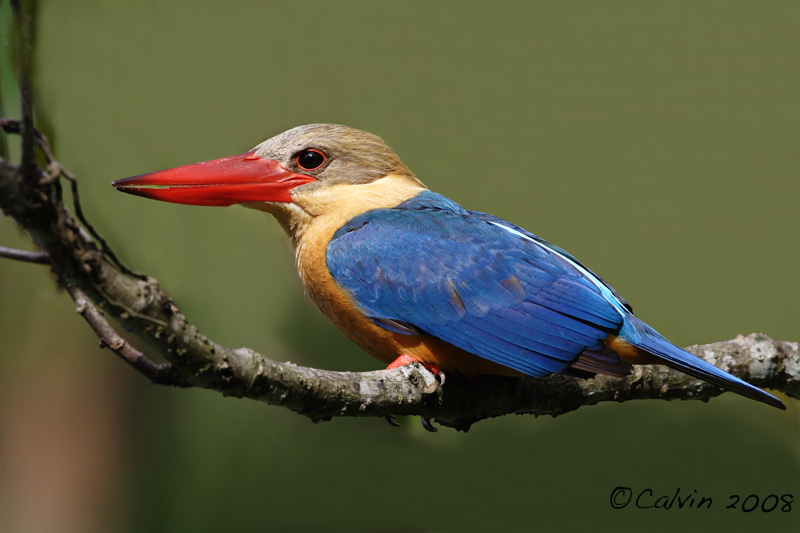Your strokbill kingfisher is at least 4 times bigger than the Blue ear Kingfisher I shot.
Your focusing may have been affected by the twigs in front of the bird. with wrong direction of lighting, your sensor had metered the light behind the bird which is the white patches you see giving you a wrong reading and hence a darker photo. Looks like Sungei Buluh WR at the main bridge. The colour of the bird is also lost. cant see the blue on the wing.
See this example of the same bird you shot. with good BG(background), lighting source behind you, its easier to get focus lock and sharper image.

Your focusing may have been affected by the twigs in front of the bird. with wrong direction of lighting, your sensor had metered the light behind the bird which is the white patches you see giving you a wrong reading and hence a darker photo. Looks like Sungei Buluh WR at the main bridge. The colour of the bird is also lost. cant see the blue on the wing.
See this example of the same bird you shot. with good BG(background), lighting source behind you, its easier to get focus lock and sharper image.




